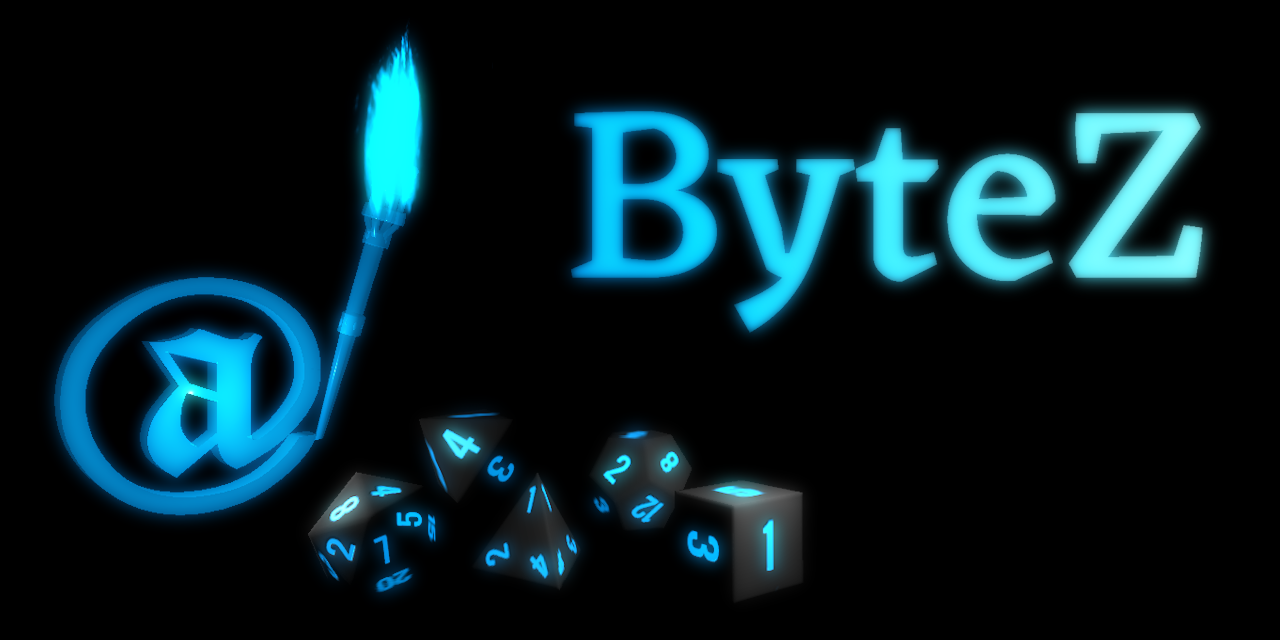Common Intermediate Language and Dynamic Code Generation for .NET
Common Intermediate Language i kod generowany dynamicznie dla .NET
Common Intermediate Language and Dynamic Code Generation for .NET
Common Intermediate Language i kod generowany dynamicznie dla .NET

Assembly Language //
 ethical
ethical




 Read more »
Read more » Czytaj »
Czytaj »



